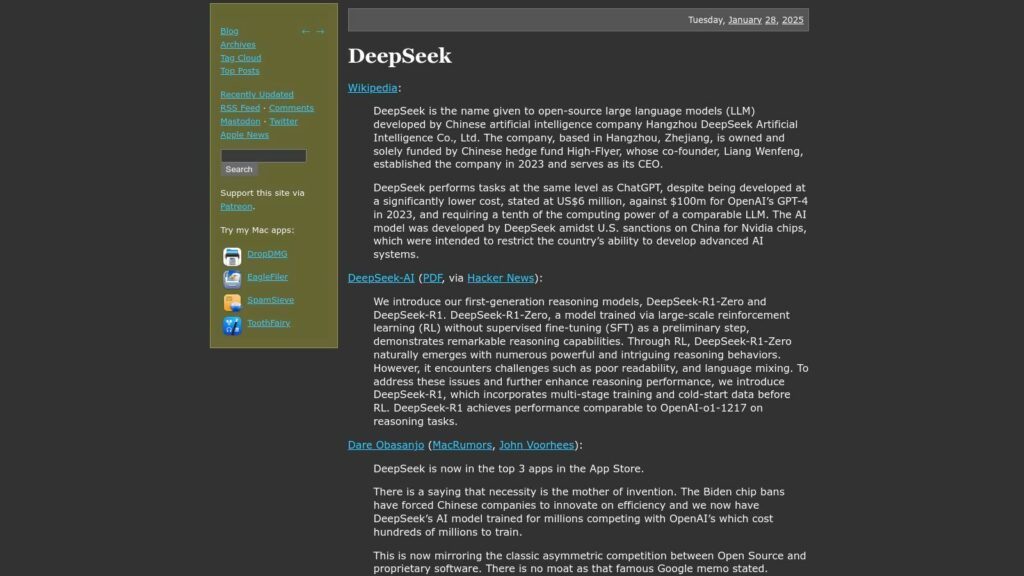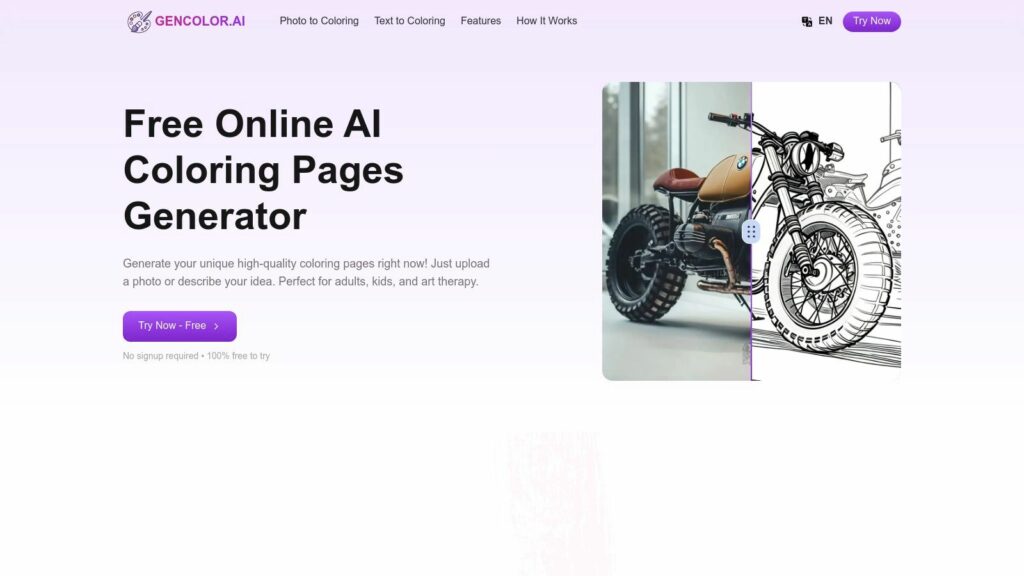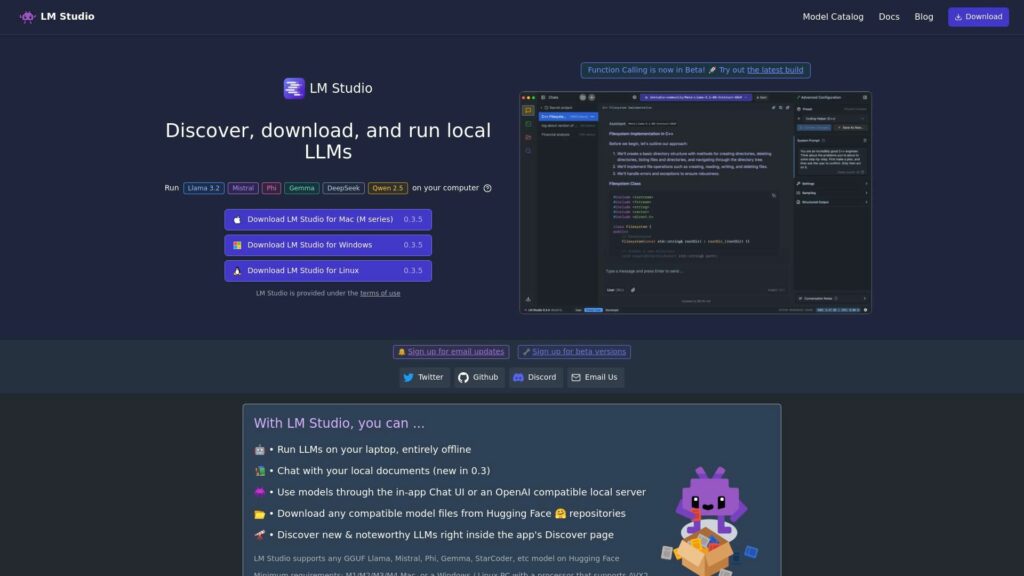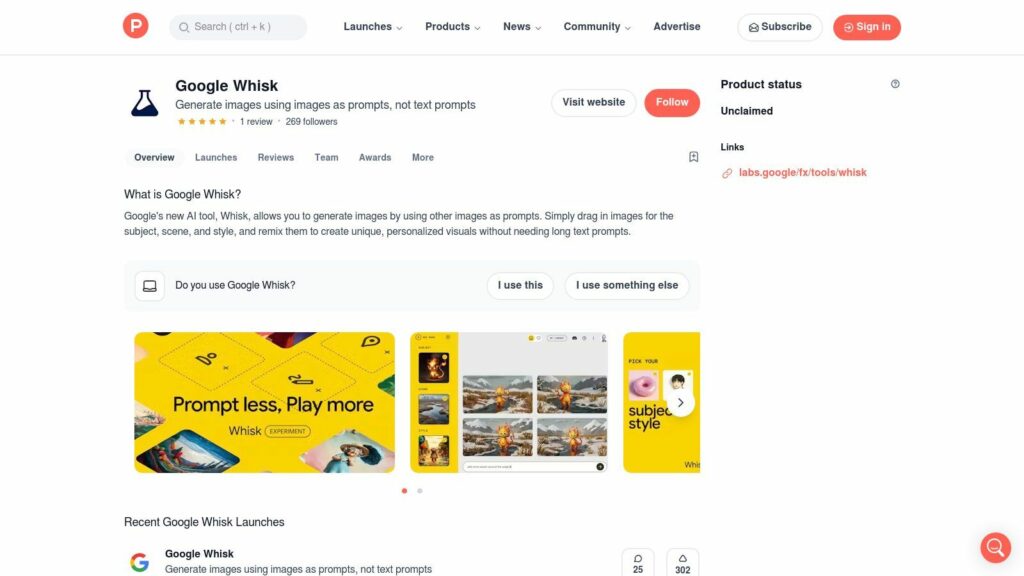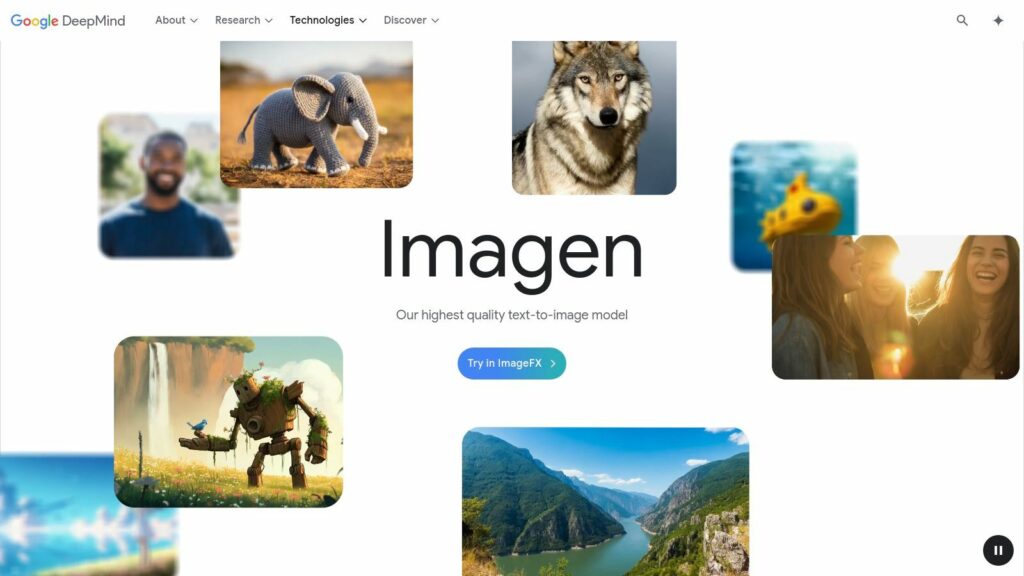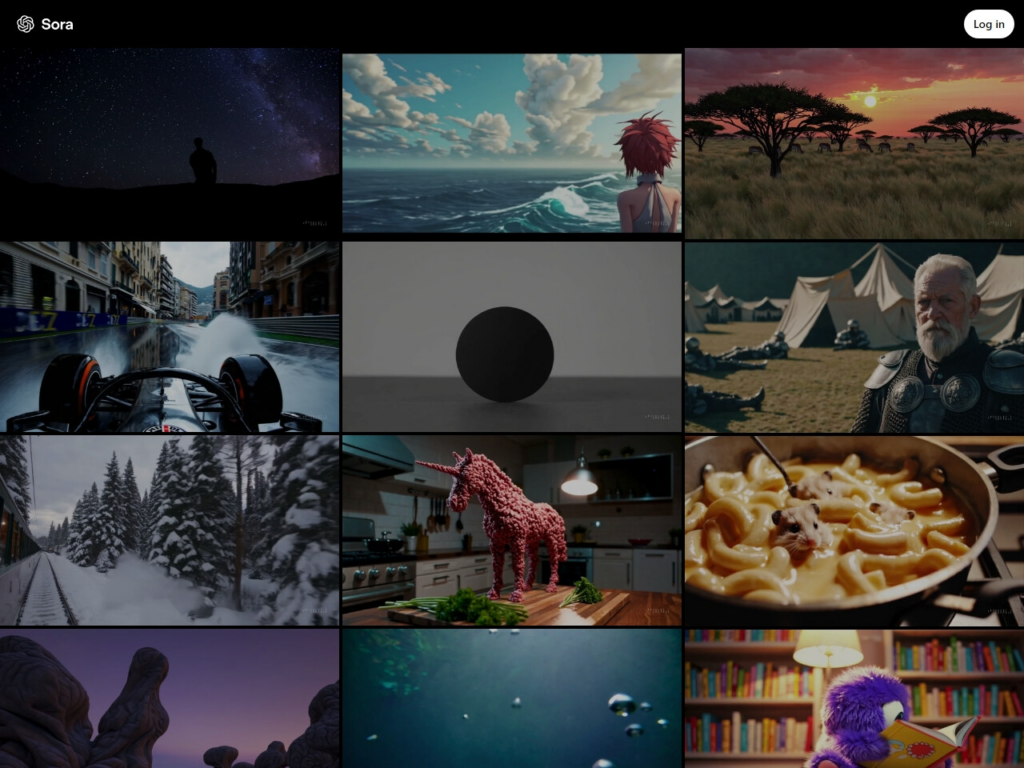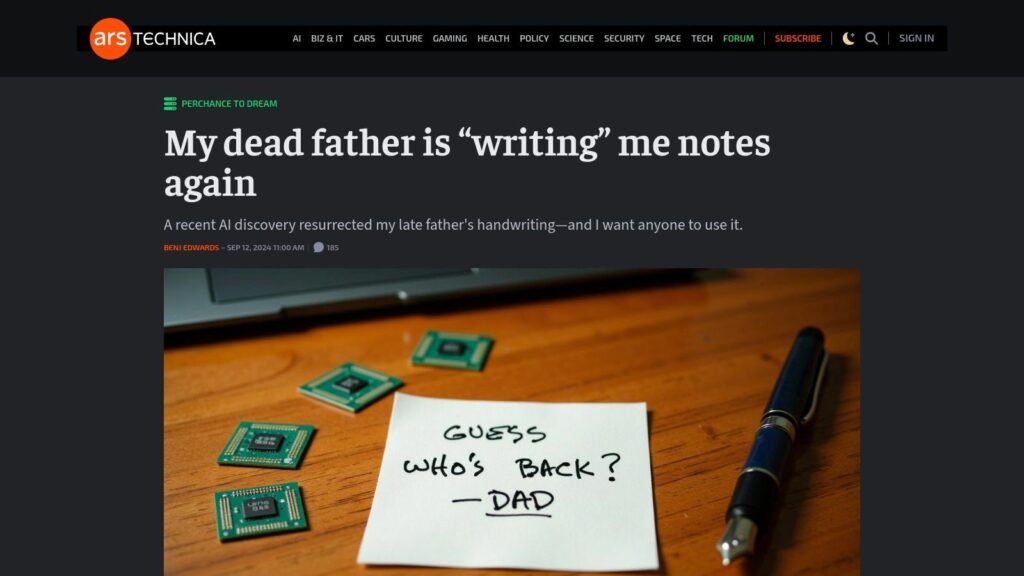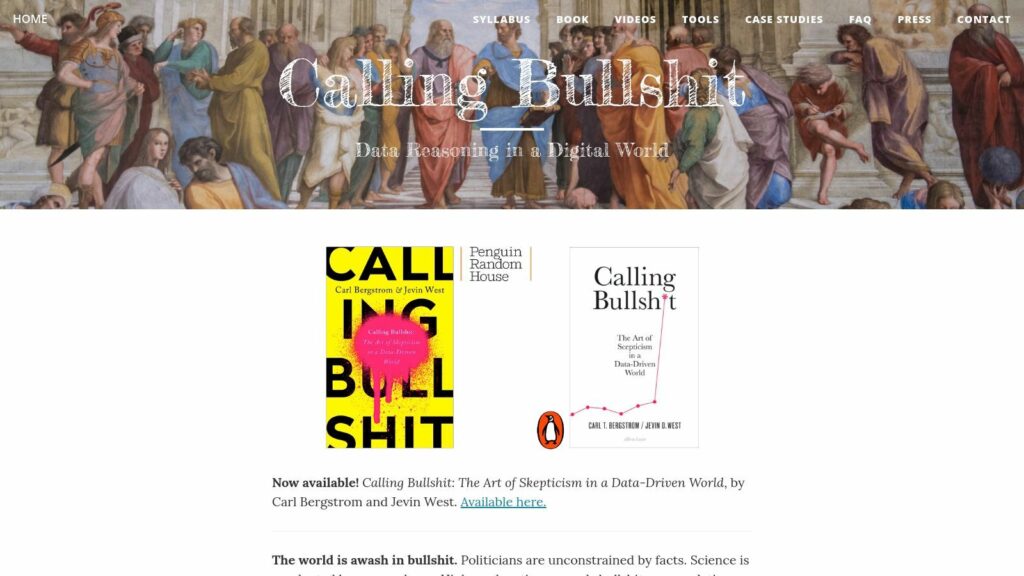Michael Tsai
DeepSeek, an open-source language model by Chinese startup Hangzhou DeepSeek AI, competes with major LLMs like ChatGPT, costing $6 million to develop versus $100 million for GPT-4. The model shows promising reasoning capabilities but faces challenges such as poor readability. Recent successes and innovations stem from U.S. sanctions, prompting deeper efficiency and breakthroughs in AI. DeepSeek's rapid rise in the App Store reflects shifts in AI development strategies amid scrutiny of data sourcing, impacting major tech firms like Nvidia and leading to investor concerns about market dynamics.
